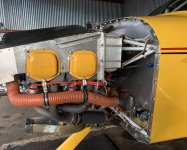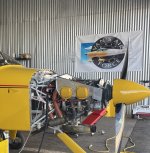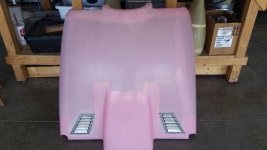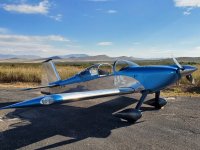Hello all!
New RV9A owner. What an awesome airplane, it’s been great so far. We moved the airplane back home to Arizona. As you can imagine it’s starting to heat up here. We have noticed on climb out the airplane CHT’s and oil temp are getting hot. We have to lower the nose and pull back some power to help. Very slow climbs. We are trying to see if anyone has made any baffling modifications or and modifications at all to make these temps a little better has Arizona heats up?
On average we see about 425 degrees to 435 degrees something on a full power climb out. We don’t spend any time at that temp. We try out best to lower the nose and get those temps in the lower 400’s. On the oil temp we see something similar, 185 degrees on climb out and then in the low 170’s at cruise. Thank you all for any insights!
New RV9A owner. What an awesome airplane, it’s been great so far. We moved the airplane back home to Arizona. As you can imagine it’s starting to heat up here. We have noticed on climb out the airplane CHT’s and oil temp are getting hot. We have to lower the nose and pull back some power to help. Very slow climbs. We are trying to see if anyone has made any baffling modifications or and modifications at all to make these temps a little better has Arizona heats up?
On average we see about 425 degrees to 435 degrees something on a full power climb out. We don’t spend any time at that temp. We try out best to lower the nose and get those temps in the lower 400’s. On the oil temp we see something similar, 185 degrees on climb out and then in the low 170’s at cruise. Thank you all for any insights!








